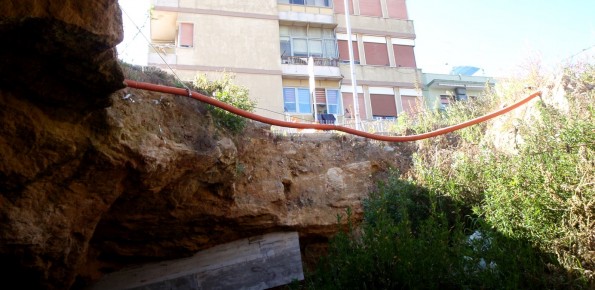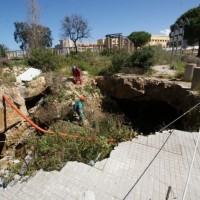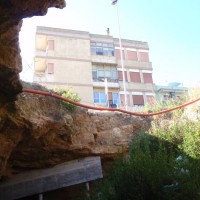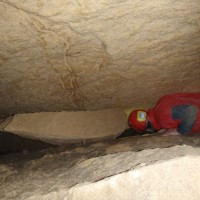DInSAR techniques for the assessment of sinkhole hazard
Application of satellite-based, differential interferometric techniques for the assessment of sinkhole hazard in urban areas.

Background
Sinkholes occur as sudden collapses of the ground, related to natural cavities produced by karst processes in soluble rocks, or to man-made cavities deriving from different types of human activities in different historical ages. Sinkholes are widespread all over the world, and the related hazard is extremely high, with very severe damage to built-up areas and human infrastructures, and heavy losses to the society.
Purpose
Sinkholes are occurring at an increasing rate in Italy, covering wide areas of the country. Application of satellite techniques to analyze and monitor these phenomena may result very useful and productive. Sinkholes occur, as a matter of fact, in flat areas, often on bare ground or in built-up areas; this should at least reduce some of the problems encountered when applying DInSAR to investigation and monitoring of other types of natural phenomena, such as landslides.
Methods
The SBAS (Small BAseline Subsets) technique, focused on the use of small baseline interferograms in order to mitigate the decorrelation errors and to accurately monitor surface deformation over large areas, was used in the project. The technique allowed to produce deformation maps at regional scale and time series of displacements, to monitor deformation phenomena at local scale, even affecting single man-made features.
Results
Through the acquisition and processing of SAR data, historical time series of displacements have been produced, and these have been compared to the available data of deformations registered at the ground surface. Maps of displacement have been produced at different scales, from the sub-regional (to identify the sectors with highest surface deformation) to the local scale (aiming at verifying the correspondence between the deformations from satellite data and those actually occurring at the surface).
Products
Average deformation maps in sample areas of southern Apulia, charts of time series of displacements for specific points in the considered satellite images.
Conclusions
Valuable suggestions for developing procedures aiming at exploitation of remote sensing data for sinkholes evaluation and risk mitigation were presented. By identifying over wide areas the most-prone sectors, useful insights in terms of sinkhole prevention have been obtained, with important consequences in terms of Civil Protection actions and land management codes. The need to develop integrated monitoring networks has been pointed out to control the sinkhole evolution.





